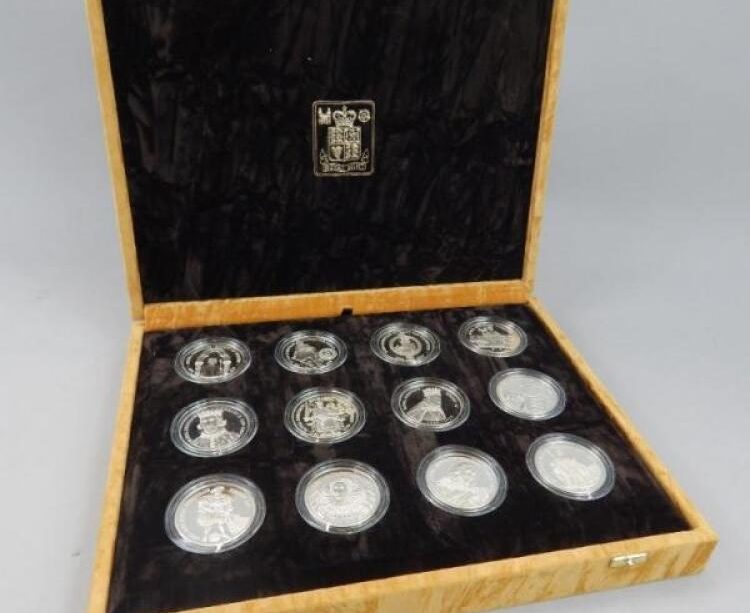The Royal Mint: History, Innovations and Significance

Introduction
The Royal Mint, one of the oldest institutions in the United Kingdom, has played a crucial role in British coinage since its establishment over 1,100 years ago. Known for producing coins, medals, and other numismatic items, the Mint not only carries historical significance but also contributes to the economic landscape of the UK. In recent times, the Royal Mint has been adapting to modern monetary needs and trends, underscoring its relevance in a rapidly changing world.
Historical Context
The Royal Mint’s origins trace back to the late 9th century when it was first established in the city of London. Initially set up as a facility to produce coins for the Anglo-Saxon kings, it has evolved over the centuries into a leading minting operation. The establishment of a permanent site in Llantrisant, Wales in 1968 marked a significant moment in its history, which allowed for modernization and expansion of operations.
Current Operations and Innovations
Today, the Royal Mint is responsible for producing the majority of the UK’s coins and has expanded its offerings to include collector coins, bullion coins, and, notably, commemorative pieces that celebrate important British events and figures. In 2023 alone, the Royal Mint released special coins to commemorate the late Queen Elizabeth II, reflecting the cultural significance of its roles.
Moreover, the Mint has introduced technological advancements such as cutting-edge security features in coin design to prevent counterfeiting and modernise their production processes. Furthermore, the Royal Mint has embraced digital innovations by offering digital gold and cryptocurrency through its online platform, allowing new payment methods catering to a younger, tech-savvy audience.
Impact and Future Prospects
The Royal Mint’s efforts not only bolster historical appreciation but also support the economy by ensuring a stable and secure currency. As the UK navigates economic uncertainties post-Brexit, the Mint’s role in maintaining trust within the currency system cannot be understated.
In the future, the Royal Mint aims to continue innovating and adapting to global trends. With growing interest in digital currencies and sustainable manufacturing practices, the Mint is positioning itself to be a leader in both traditional coin production and modern financial technologies.
Conclusion
The Royal Mint stands as a cornerstone of British heritage and a beacon of innovation in the realm of currency, making it a significant institution in both the past and the future. For readers, understanding the Mint’s evolving role can provide insights into the broader economic shifts occurring within the UK and the world.









